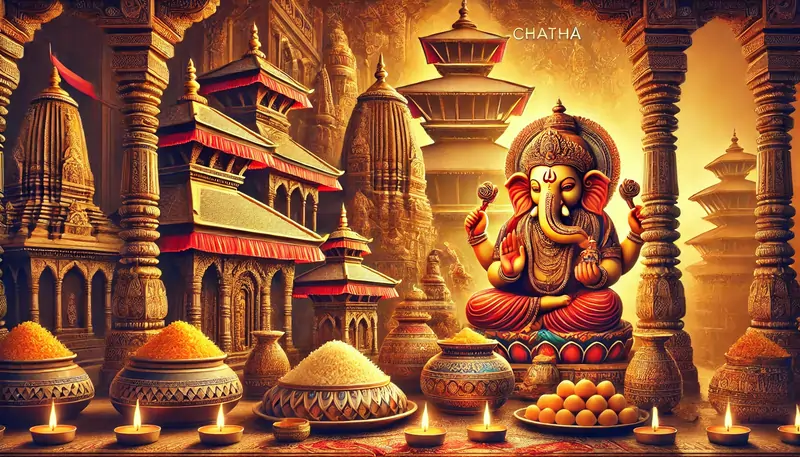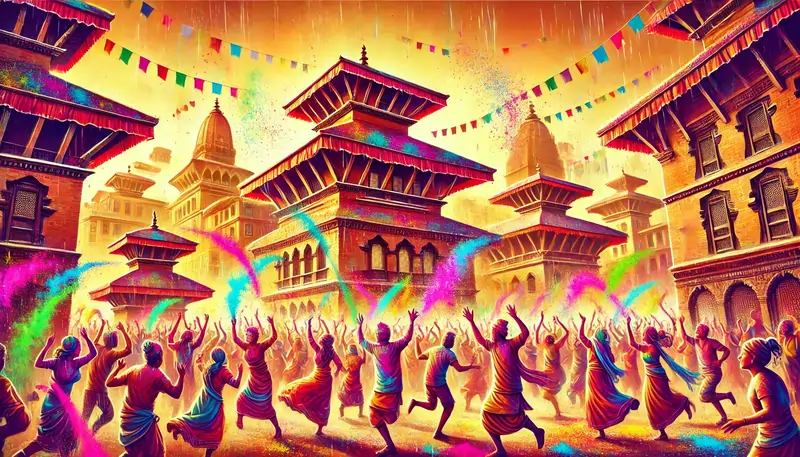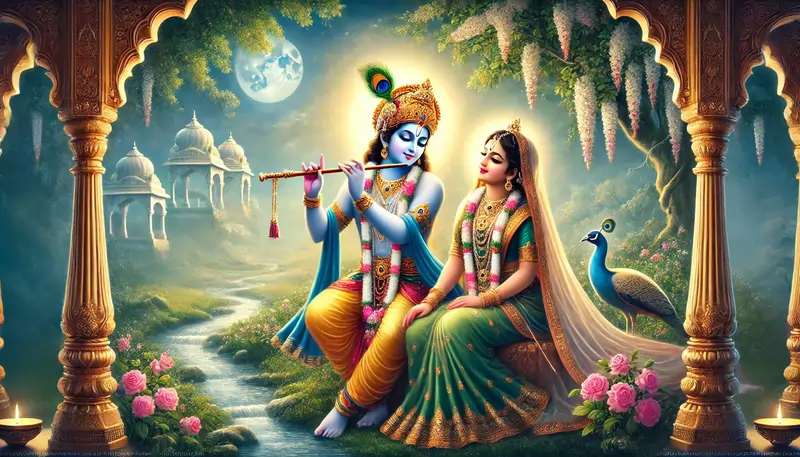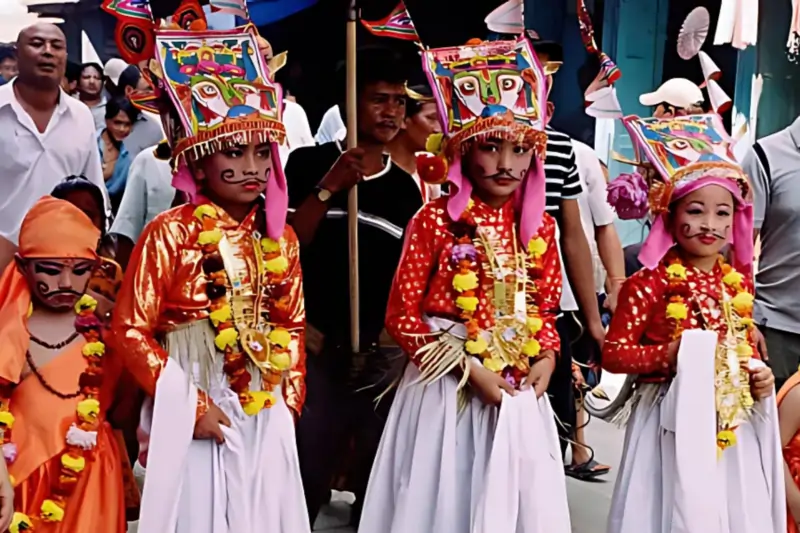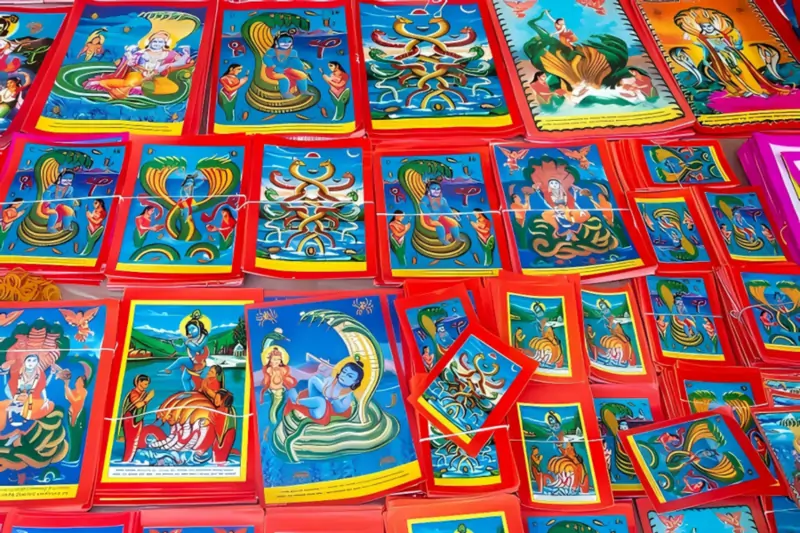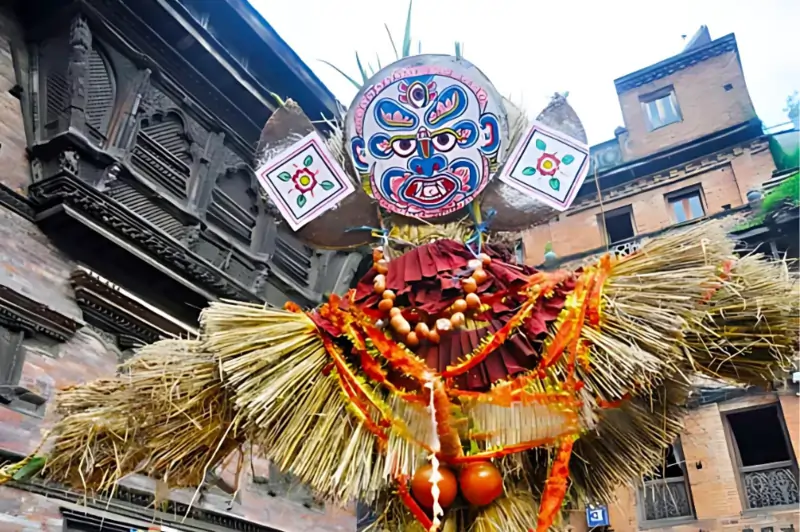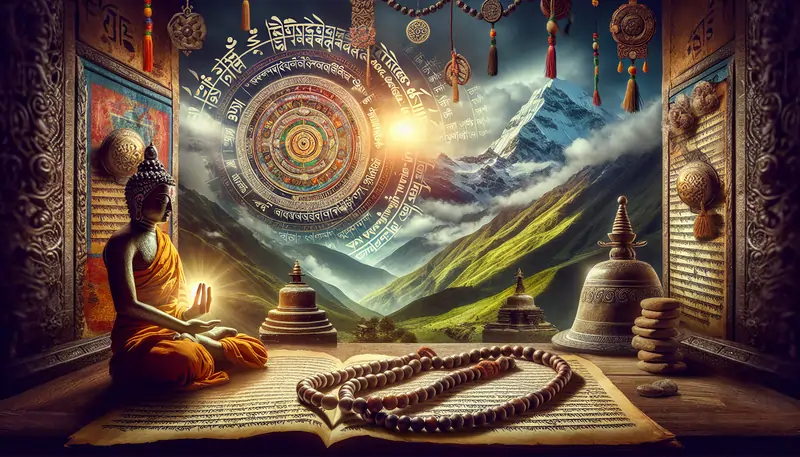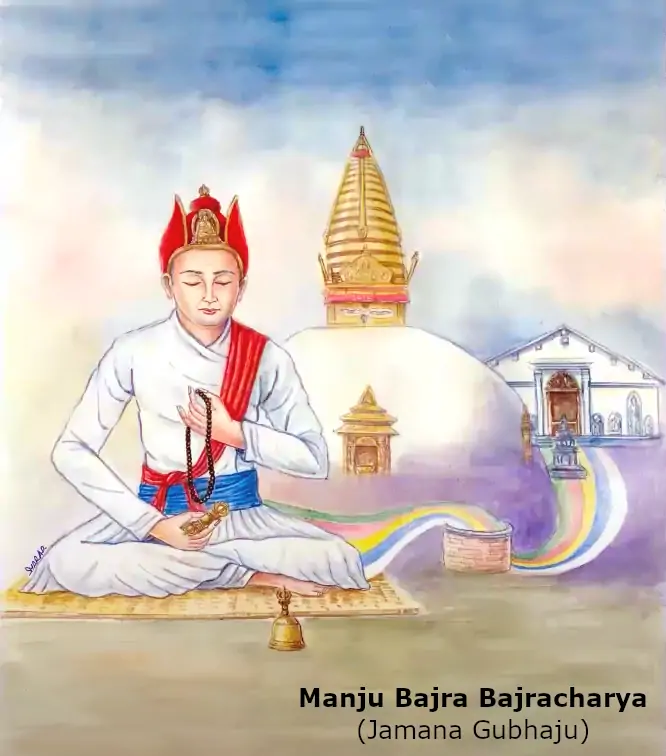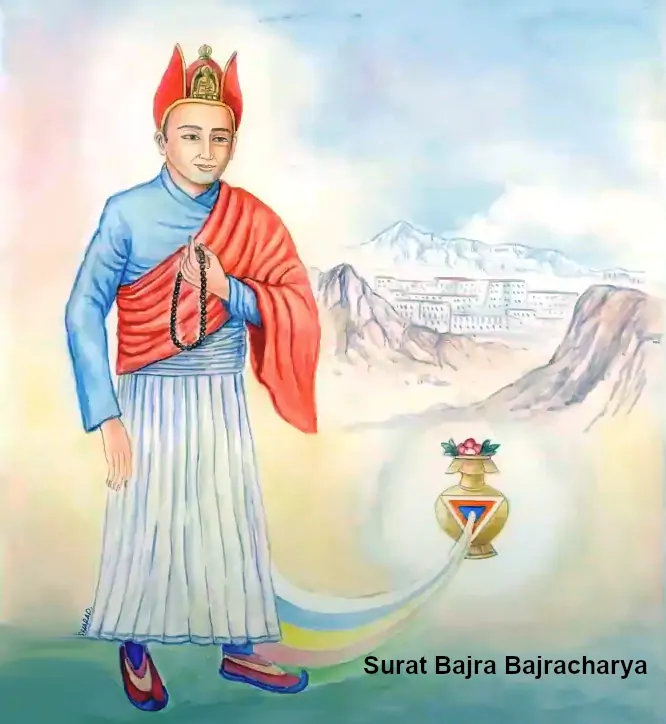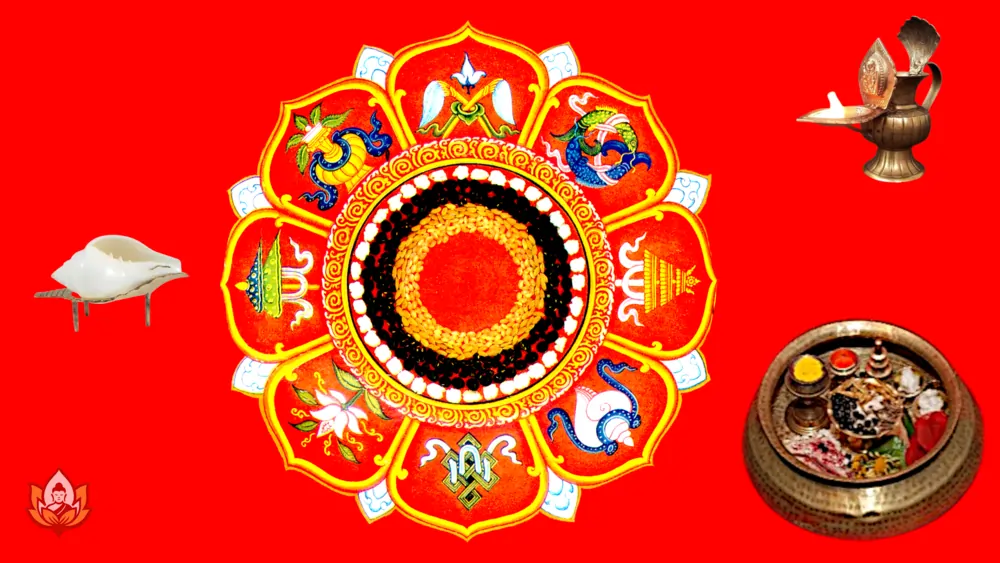Chatha: Ganesh Chaturthi
Ganesh Chaturthi in Newar Culture: Chatha (चथा) Ganesh Chaturthi, known as Chatha (चथा) in the Newar community of Nepal, is a significant festival dedicated to Lord Ganesh, the remover of obstacles and the deity of wisdom and prosperity. Ganesh Chaturthi (Chatha) marks the birth of Lord Ganesh and is observed on the fourth day of … Read more

